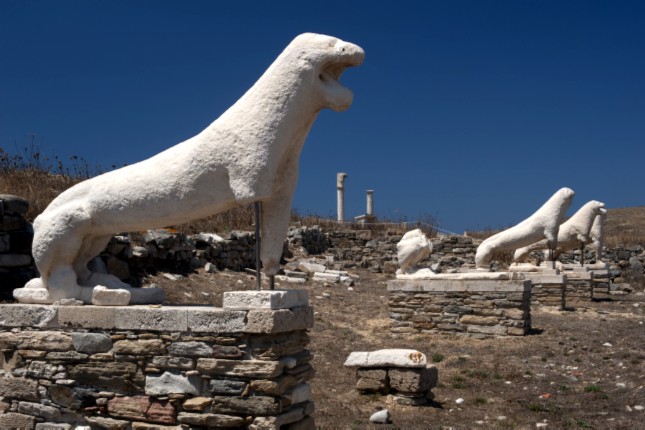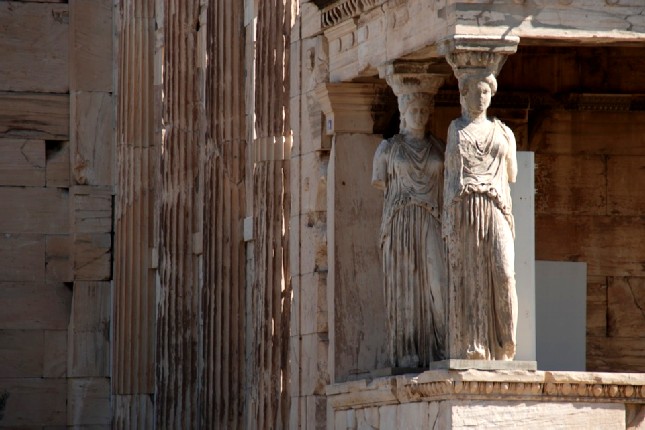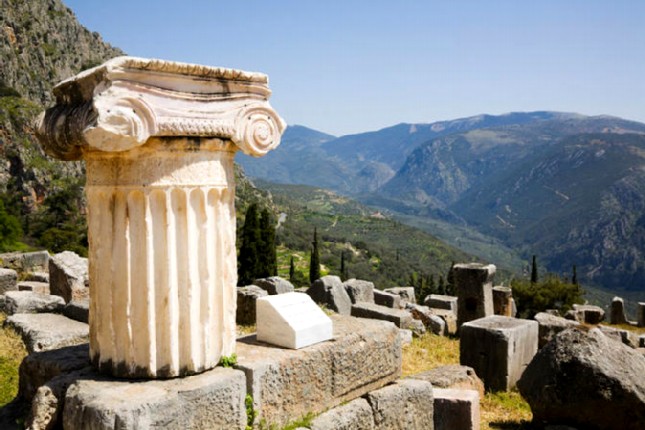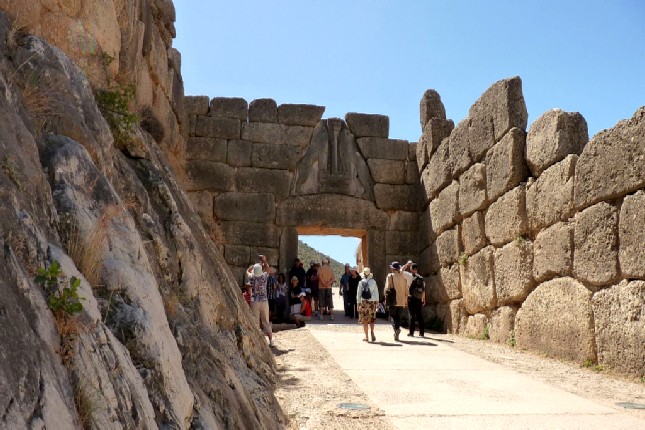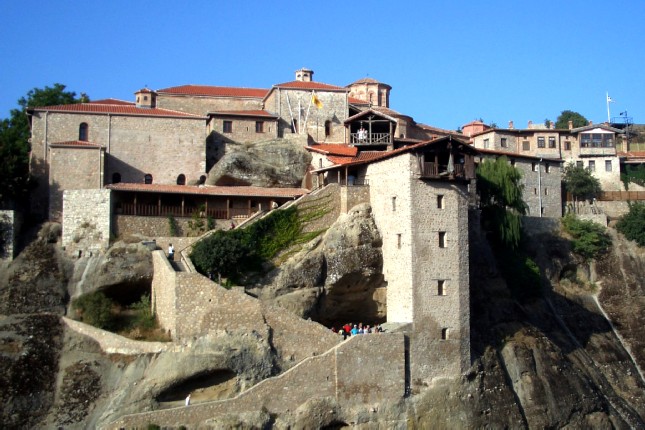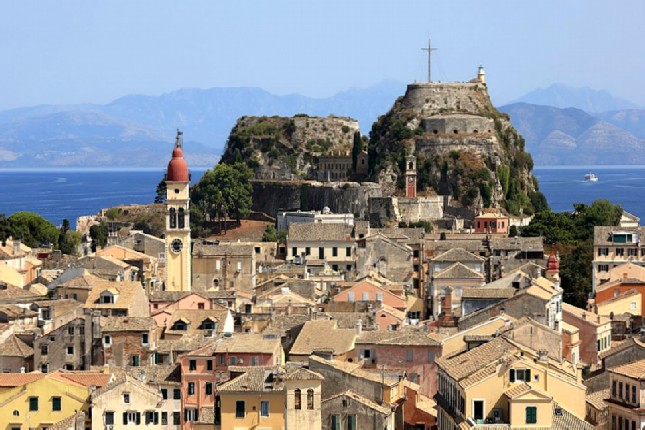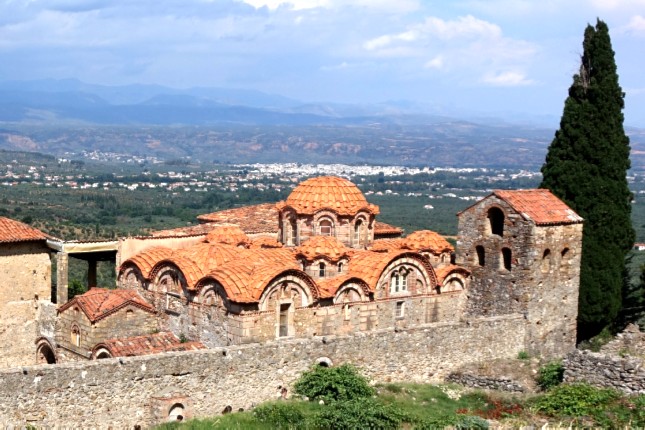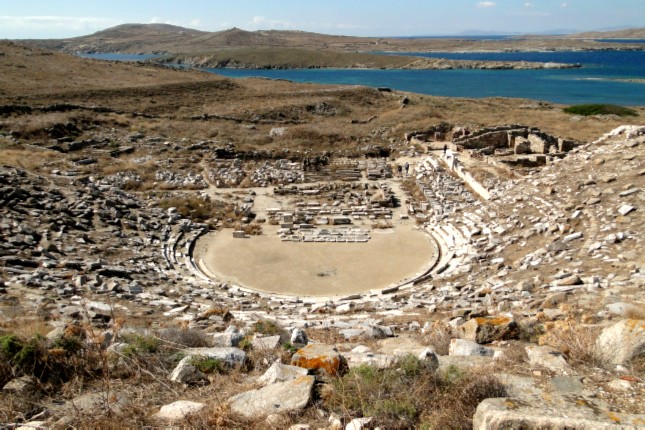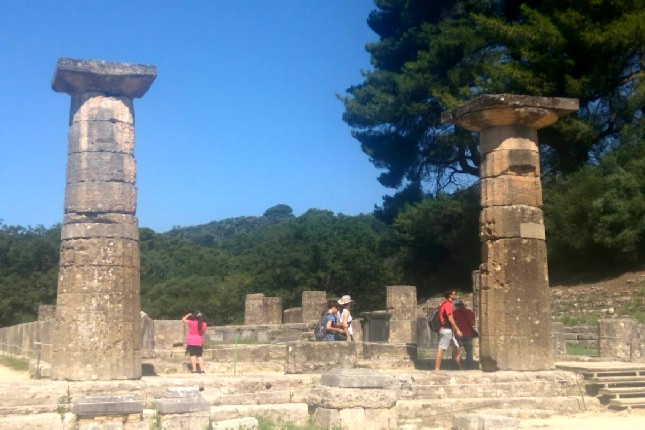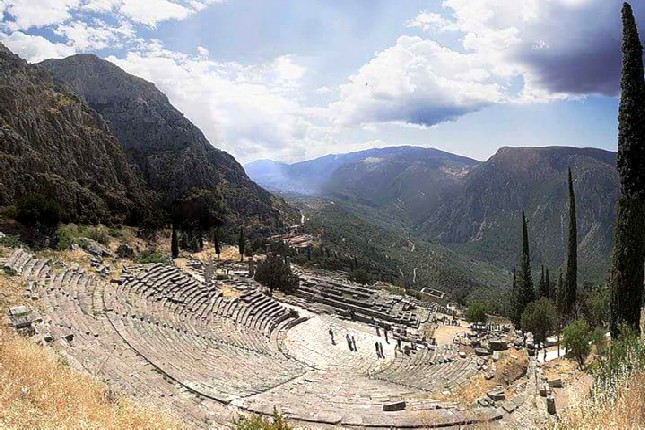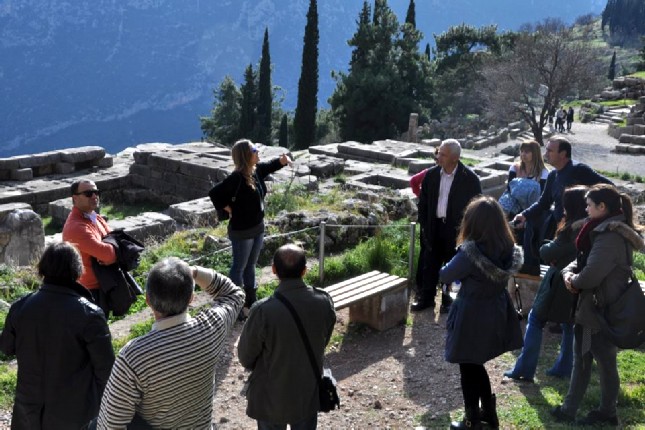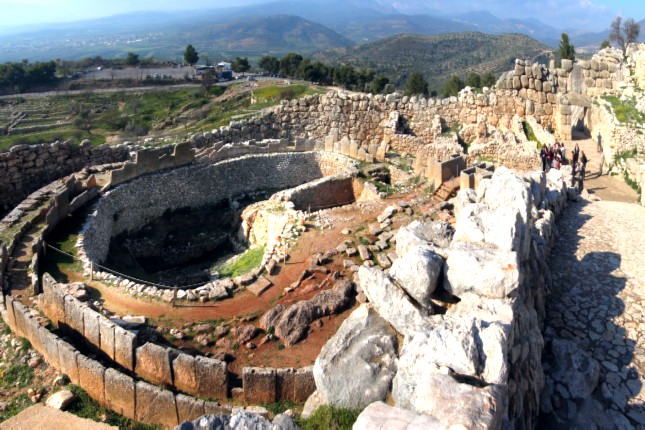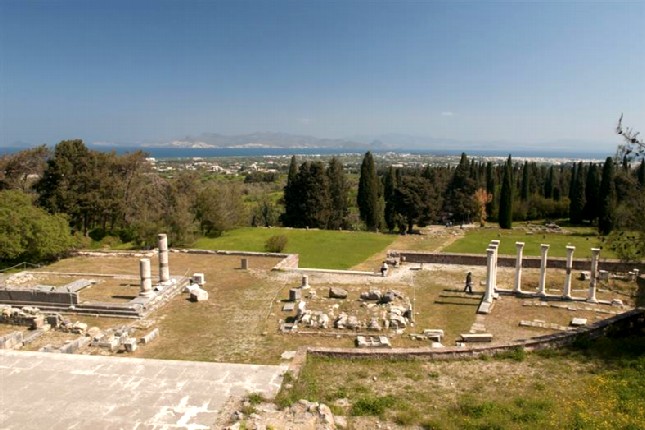Welcome to The Travel Insiders’ UNESCO World Heritage Sites in Greece Tour series. Our specialized tours enable you to visit 10 + 1 UNESCO World Heritage Sites in Greece. This special line of journeys has been tailored to offer our guests a discovery of some of the highest achievements of mankind and to marvel nature’s greatest wonders. UNESCO has established the institution of the World Heritage seeking to protect and highlight monuments, groups of buildings and sites with archaeological, historical, aesthetic, scientific, anthropological or ethnological significance. Greece with its rich natural beauty as well as its ancient, medieval and classical culture plays an important part the UNESCO list. Currently, there are 18 UNESCO World Heritage sites in Greece. The first monument of Greek territory was included in 1986. The list has since increased dramatically. There are now another 14 sites on the tentative list.
Temple of Apollo Epicurius at Bassae (inaugurated in 1986)
Location: Bassae, Messenia, Peloponnese
Period: 5th century BC
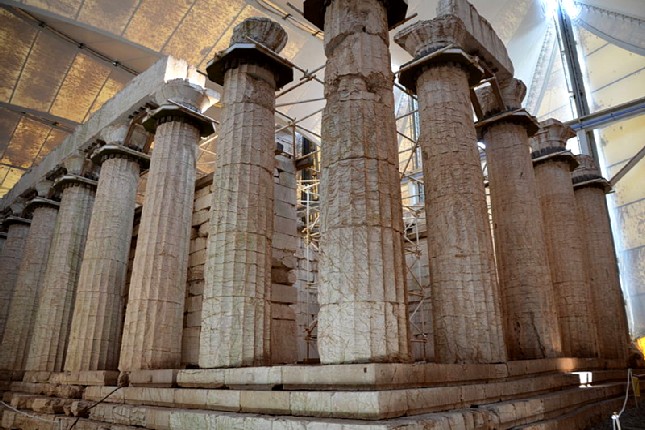
In the heart of the Peloponnese, between the mountainous borders of Arcadia, Messenia and Ilia, lies Bassae, which is home to the first UNESCO World Heritage site. In 1986 the Temple of Apollo Epicurius became the first protected monument of Greece. The famous temple dedicated to the god of healing and sun was built in the middle of the 5th century and features the oldest Corinthian capital ever found, combining the Archaic with the Doric styles, with some daring architectural features.
Temple of Apollo Epicurius at Bassae Tours:
Acropolis, Athens (inaugurated in 1987)
Location: Athens, Attica
Period: 5th century BC
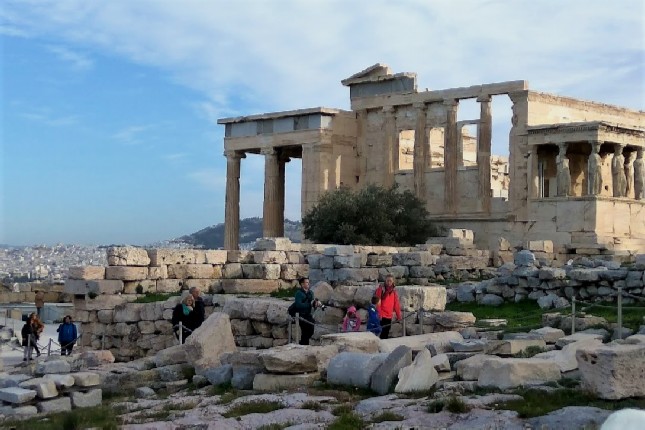
The Acropolis of Athens is the city’s most popular tourist attraction and one of the UNESCO World Heritage Sites in Greece. The Acropolis of Athens is a universal symbol of the classical spirit and civilization. It was completed by the 5th century BC and the complex has since been a great influence on architecture worldwide. The archaeological site of the Acropolis includes important monuments of the classical Greek period such as the Parthenon, the Erechtheion, the Propylaea and the Temple of the goddess Nike, monuments that depict mythical, cultural and historical events.
Acropolis, Athens Tours:
- Premium Skip-The-Line Athens - Piraeus Joined Tour (5h)
- Athens - Piraeus Joined Tour - The Highlights of Athens (4-5h)
- Athens - Piraeus Joined Tour - The Ultimate Athens Experience (7h)
- Athens at a Glimpse - Acropolis Site & Plaka (4-5h)
- Private Athens Tour - New Acropolis Museum, Acropolis Site & Plaka (6-7h)
Archaeological Site of Delphi (inaugurated in 1987)
Location: Phocis, Central Greece
Period: 8th century BC
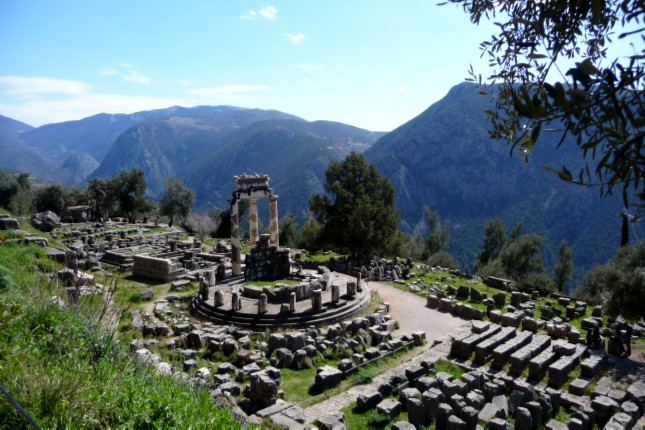
The Pan-Hellenic sanctuary of Delphi was the spiritual center (or navel) of the Greek world. The sanctuary was the seat of Pythia who was the oracle of Apollo. Set at the foot of Mount Parnassus, in a remarkable natural setting, it was a symbol of Greek cultural unity.
Archaeological Site of Delphi Tours:
Sanctuary of Asklepios at Epidaurus (inaugurated in 1988)
Location: Epidaurus, Peloponnese
Period: 4th century
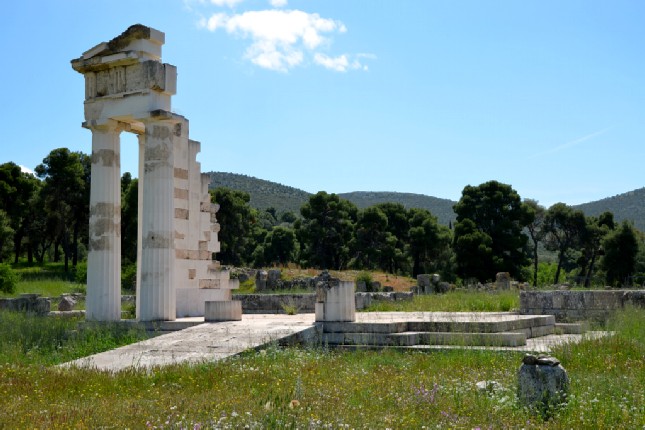
In the hinterland of Epidaurus, in an area of mild climate and abundant thermal springs, was the Sanctuary of Asklipieios, the god of medicine and the most important therapeutic center of the entire Greek and Roman world. It was situated in the small seaside town of Epidauros, but its reputation and the recognition of its importance quickly surpassed the boundaries of Argolid and was considered by all Greeks to be the place where medicine was born. Its monuments today are not only world-famous masterpieces of ancient Greek art, but also outstanding testimony to the practice of medicine in antiquity.
Sanctuary of Asklepios at Epidaurus Tours:
- Nafplio - Mycenae - Epidauros & Photo Stop at Corinth Canal (8h)
- The Highlights of Nafplio - Ancient Mycenae & the Epidauros Theater (6h)
Meteora (inaugurated in 1988)
Location: near Kalabaka, Thessaly
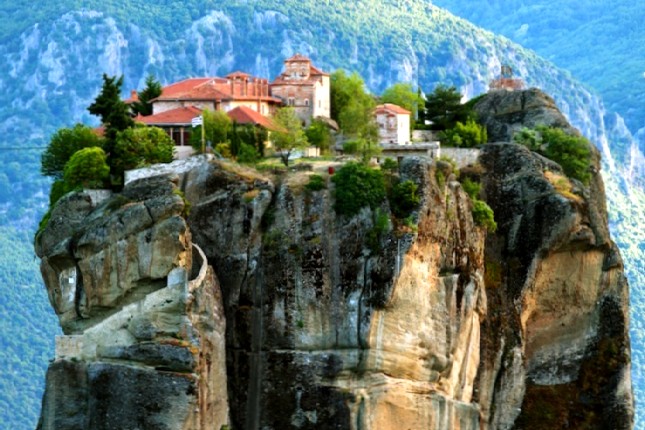
One of the most sought-after religious tourism sites in the world is the almost inaccessible area of Meteora. On the cliffs of steep cliffs, monks have settled on these “columns in the sky”, as they called them, since the 11th century. During the revival of hermitage under extremely difficult conditions in the 15th century AD, 24 monasteries were built. The frescoes of the monasteries, dating back to the 16th century, are a reference point for the development of post-Byzantine painting.
Meteora Tours:
Archaeological Site of Mystras (inaugurated in 1989)
Location: Laconia, Peloponnese
Period: 13th century AD
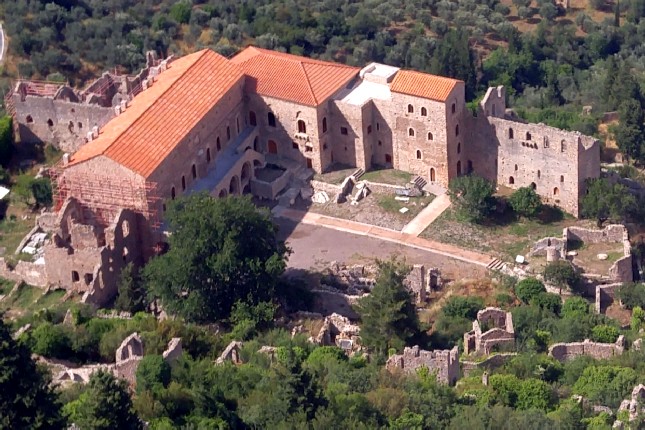
Known as "the Wonder of the Morea", the medieval fortified town of Mystras played a significant role in the final years of the Byzantine Empire. This remarkably well-preserved UNESCO site, built at the foot of Mount Taygetus near Sparta, was the last Byzantine stronghold to fall to the Ottomans in 1461.
Archaeological Site of Mystras Tours:
- Mystras Castle Town - Full Day Tour from Gythion with a Stop in Sparta
- Spatra - Full Day Tour From Gythion with a Stop in Mystras Castle Town
Archaeological Site of Olympia (inaugurated in 1989)
Location: Ilia, West Greece
Period: 10th century BC
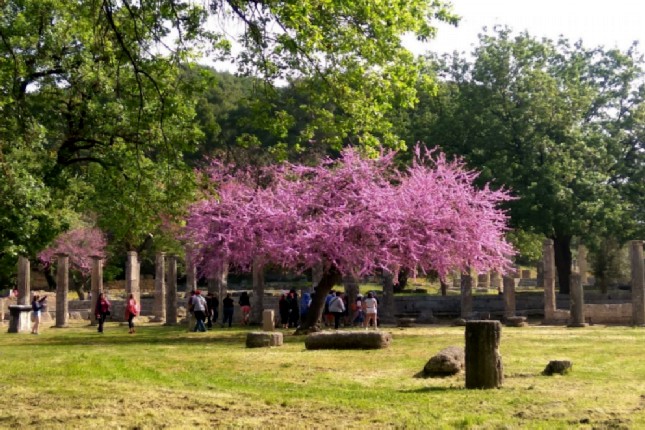
Built on the banks of the Alpheios River in the Peloponnese, the archaeological site of Olympia was the birthplace of the ancient Olympic Games in 776 BC. The site of Ancient Olympia contains the remains of several temples, sanctuaries and sporting structures, such as the Temple of Zeus and the famous Olympic stadium.
Archaeological Site of Olympia Tours:
- Premium Skip-the-Line Olympia - Katakolon Joined Tour (5h)
- Olympia - Katakolon Joined Tour & Free Olive Oil Tasting (5h)
- Olympia - Katakolon Joined Tour – Pure Olympia (4h)
- Olympia - Katakolon Joined Tour with On Board Guidance – Budget Tour (5h)
- Private Olympia Sightseeing #1 rated tour
- Olympia Taxi Tour Experience
- Olympia & Archimedes’ Ancient Technology Museum – Kid friendly tour (4H)
- Ancient Olympia Private Day Tour from Athens
Archaeological Site of Delos (inaugurated in 1990)
Location: Cyclades, South Aegean
Period: 7th century BC
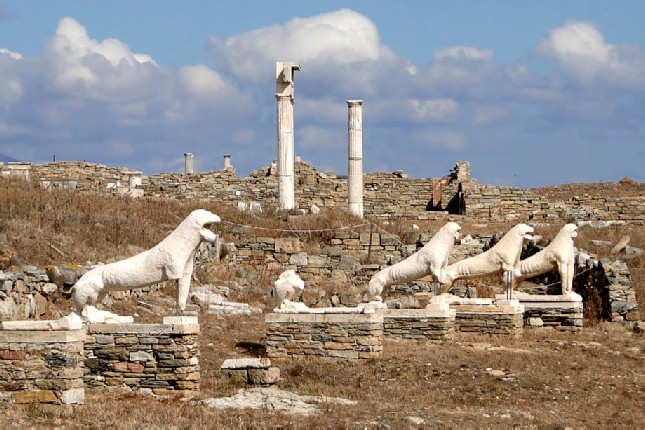
In ancient times, the legend of the birth of Apollo and Artemis made the island sacred; no mortal would be allowed to be born on its soils. And since it was the cradle of the immortals, no mortal would be allowed to die there either. Thus, apart from its importance as a religious and economic center, the island maintained exclusive rights. All the then known world recognized the sanctity of the island and knew its uniqueness. Today, the island remains unique. Nowhere is there such a large natural island archaeological site of such importance.
Archaeological Site of Delos Tours:
Archaeological Site of Mycenae and Tiryns (inaugurated in 1999)
Location: Argolis, Peloponnese
Period: 15th century BC
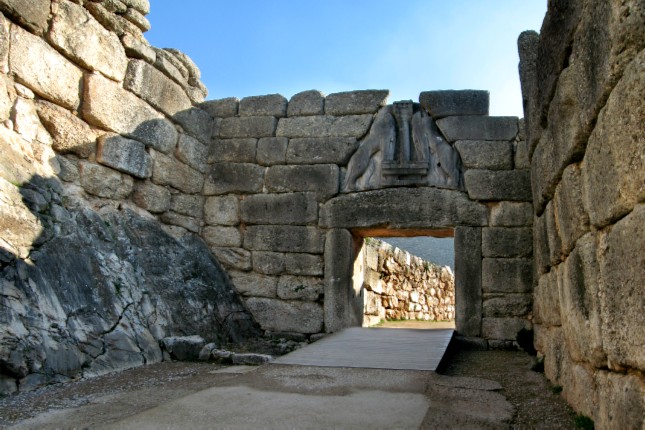
Mycenae and Tiryns were two of the most significant cities of Mycenean Greece. The Lion's Gate and the Treasury of Atreus at Mycenae have been listed as "outstanding examples of human creative genius". The period of Greek history from about the 15th century BC to the 12th century BC is called Mycenaean in reference to Mycenae.
Archaeological Site of Mycenae and Tiryns Tours:
- Nafplio with a Visit to Ancient Mycenae (4h)
- Nafplio - Mycenae - Epidauros & Photo Stop at Corinth Canal (8h)
- The Highlights of Nafplio - Ancient Mycenae & the Epidauros Theater (6h)
The Old Town of Corfu (inaugurated in 2007)
Location: Corfu, Ionian Islands
Period: 8th century BC
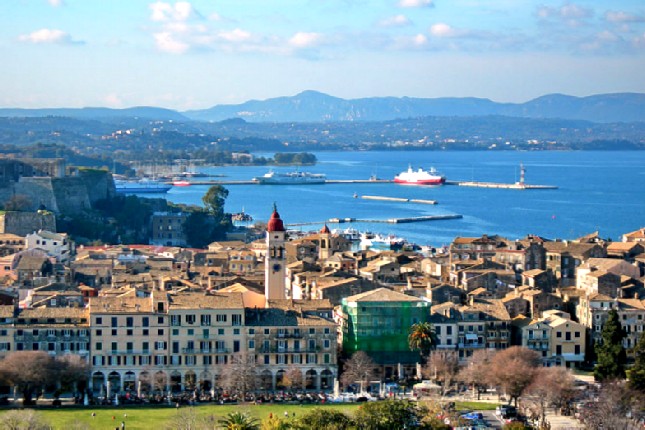
The strategic geographical position of Corfu, at the entrance of the Adriatic Sea, identified very early on the particular role that would be played by the island in Mediterranean history. The three forts in the town, which were designed by distinguished Venetian engineers, were used to defend the maritime trading interests of the Republic of Venice against the Ottoman Empire. Corfu, as it was on the way of the ships and travels, played a leading role in all major events of the political history of Europe.
The Old Town of Corfu Tours:
Archaeological site of Ancient Messene (tentative since 2014)
Location: Messenia, Peloponnese
Period: 4th century BC
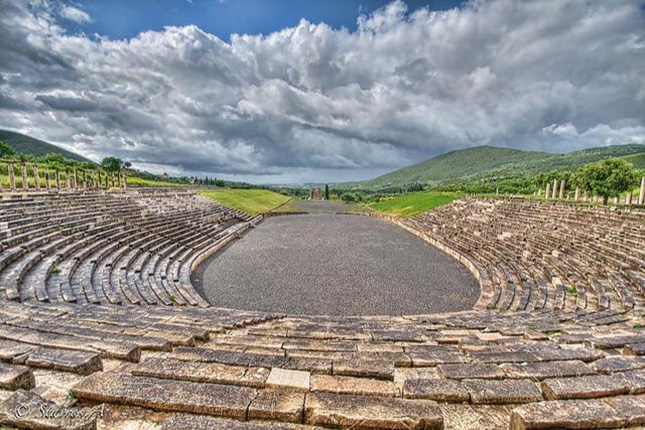
One of the most well-preserved cities in the ancient world, Ancient Messene, is located at the foot of Mount Ithomi. It was founded in a particularly privileged position in 369 BC by Theban General Epaminondas, after they defeated Sparta at the Battle of Leuctra. Its wealth charmed the great traveler Pausanias who visited the city in the 2nd century AD. Many of what he saw can be admired by the present visitor, including the 9.5 km stone wall, the fortress of Ithomi, the stadium, the theater, the Fountain of Arsinoe, the Asklepieion and one of the most impressive buildings of antiquity, the famous Arcadian Gate.
Archaeological site of Ancient Messene Tours:
There are literally hundreds of UNESCO World Heritage Sites spread around the world. The Travel Insiders’ UNESCO World Heritage Sites in Greece Tour Series offers a unique and fascinating experience into Greece’s history and culture. The Travel Insiders’ personalized itineraries and small group tours are tailored to suit the needs and interests of every guest. Our certified local tour guides offer an in-depth experience and knowledge about places exceptionally rich in historical or cultural significance and explain the stories behind the monument, temple or statue.

